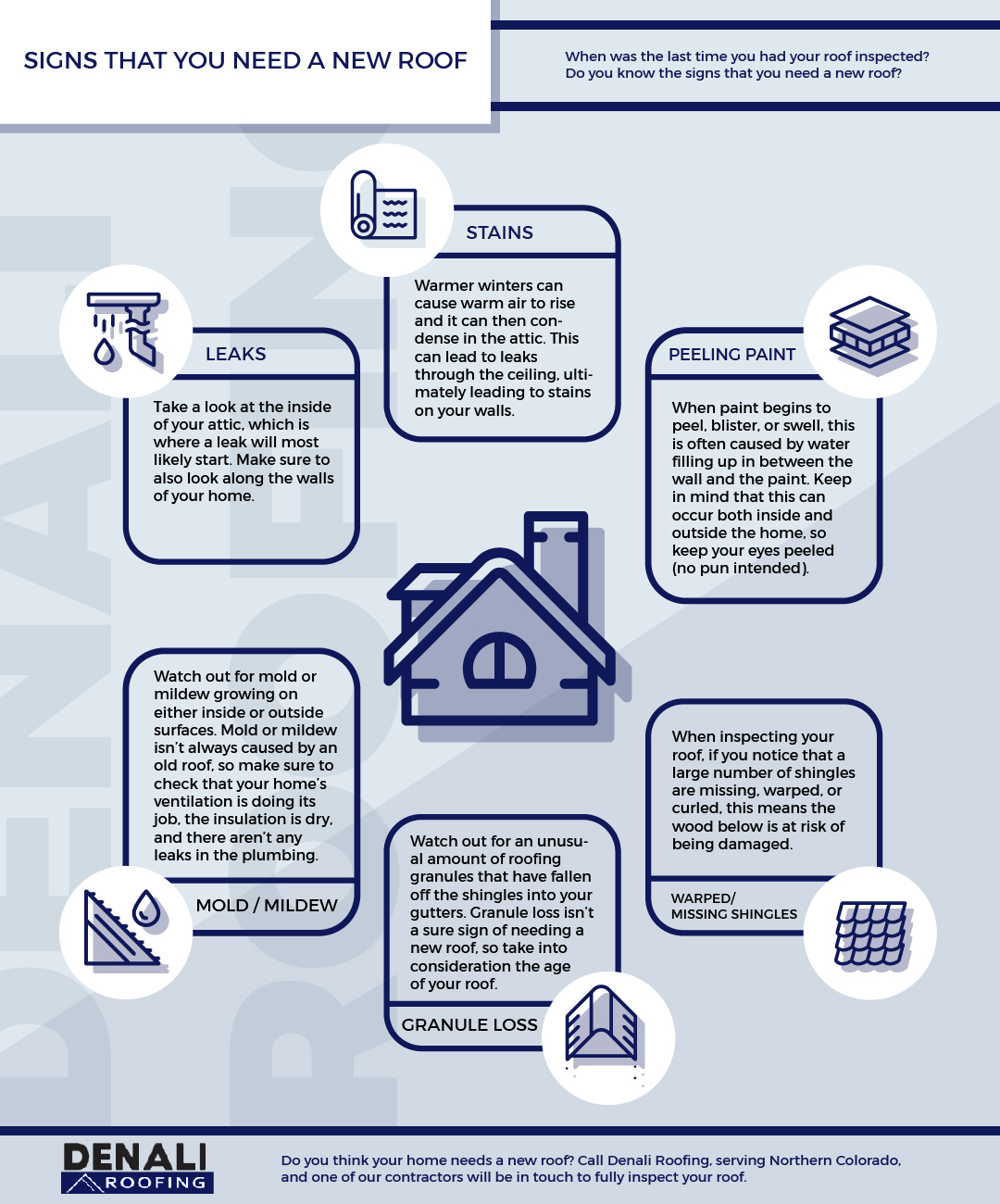The Value Of Roofing System Air Flow For Effective Installation End Results
The Value Of Roofing System Air Flow For Effective Installation End Results
Blog Article
Post By-Kock Ploug
When you're taking on a roof task, you could not assume much about roof ventilation, but it's more vital than you understand. Effective ventilation assists regulate temperature and dampness in your attic, protecting against issues like mold and structural damages. By comprehending just how to make and install a well balanced air flow system, you can boost power performance and prolong the life expectancy of your roofing products. So, what are the essential aspects to take into consideration during setup that can make all the distinction?
Significance of Roof Covering Air Flow
Roof covering air flow plays a crucial role in preserving the total wellness of your home. By enabling fresh air to circulate with your attic, it assists manage temperature and dampness levels. This balance is necessary to stop warm accumulation throughout warm months, which can result in raised energy costs as your air conditioning works overtime.
Additionally, correct ventilation considerably minimizes the danger of moisture-related issues like mold and mildew and mold. If moisture degrees climb, your home's architectural integrity can be jeopardized, bring about costly fixings. You wouldn't want to deal with deteriorating wood or distorted roofing materials, right?
In addition, sufficient ventilation expands the life expectancy of your roofing system. When warm and dampness are kept in check, your roofing system can perform efficiently, protecting against early wear and tear. This implies fewer frustrations and expenditures down the line.
Exactly How Roof Covering Ventilation Works
Efficient roof air flow relies on the natural activity of air to develop a balance between intake and exhaust. When you set up vents, you're essentially allowing fresh air to enter your attic while making it possible for warm, stale air to run away. This procedure assists manage temperature level and dampness degrees, avoiding concerns like mold and mildew growth and roofing system damage.
Intake vents, generally found at the eaves, draw in trendy air from outside. At the same time, exhaust vents, located near the ridge of the roof, allow hot air surge and departure. The difference in temperature level develops a natural airflow, referred to as the stack impact. As warm air increases, it produces a vacuum that draws in cooler air from the reduced vents.
To maximize windows near me , you require to ensure that the intake and exhaust vents are appropriately sized and placed. If the consumption is restricted, you won't accomplish the preferred ventilation.
Also, best contractor for home renovation heights tx can trap warmth and dampness, resulting in prospective damages.
Trick Installation Factors To Consider
When mounting roofing system air flow, several essential factors to consider can make or break your system's effectiveness. Initially, you need to assess your roof's layout. The pitch, shape, and materials all influence air movement and air flow selection. Make kitchen windows san antonio tx to choose vents that fit your roofing system kind and regional environment conditions.
Next off, think about the placement of your vents. Ideally, you'll desire a balanced system with intake and exhaust vents positioned for ideal air flow. Place intake vents short on the roof covering and exhaust vents near the height to encourage an all-natural circulation of air. This arrangement helps prevent wetness build-up and promotes energy performance.
Do not forget about insulation. Correct insulation in your attic room protects against warmth from escaping and maintains your home comfortable. Make certain that insulation doesn't block your vents, as this can hinder air flow.
Finally, think about upkeep. Pick air flow systems that are simple to access for cleansing and assessment. Normal maintenance guarantees your system continues to function effectively with time.
Conclusion
To conclude, roofing air flow is vital for a successful installation. By making certain proper air movement, you can avoid warmth buildup and wetness issues that lead to costly damage. When you purposefully placement consumption and exhaust vents, you improve energy efficiency and extend the life expectancy of your roofing. Remember, a well-ventilated roofing system not only safeguards your investment yet also improves your indoor air quality. So, prioritize air flow to guarantee a resilient and cost-efficient roof for your home.
